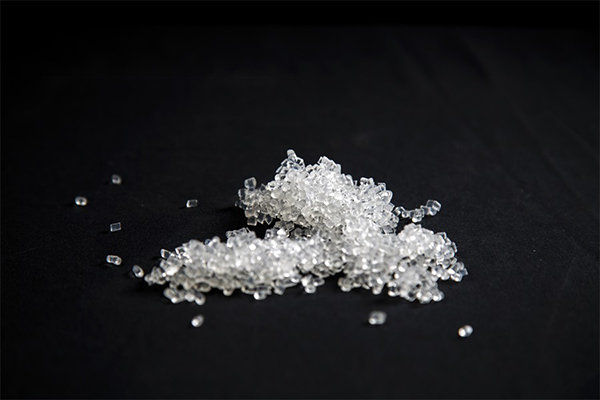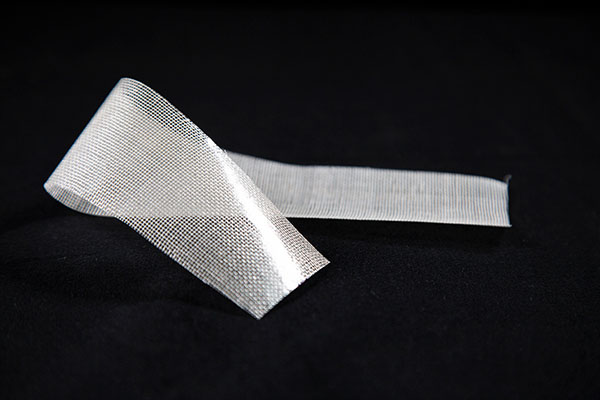
A Clean Source of Electrical Power in Transportation:
Proton exchange membrane fuel cells (PEMFCs) are widely regarded as a cutting-edge technology for clean and efficient energy production in the 21st century.
The proton exchange membrane (PEM) plays a crucial role in fuel cell systems, much like how a chip functions in a smartphone or computer.
Fuel cells generate electricity using hydrogen without combustion, making them a solution that meets the demand for cost-effective and sustainable energy, particularly in transportation sectors.
Transforming Transportation with Fuel Cells Using ProtoneX™ Membranes:
Fuel cell-powered vehicles have the potential to significantly lower greenhouse gas emissions that drive climate change, as well as reduce reliance on oil. Unlike conventional engines, fuel cells have no moving components and don't need complex mechanical transmissions to deliver power. They experience no wear and tear, functioning dependably as long as they are supplied with fuel. In comparison, standard mechanical engines generally have a lifespan of less than 10 years. Hydrogen fuel cells offer a combination of versatility, efficiency, and sustainability for vehicles.

The Best Way to Predict the Future: Create It:
Engineers selecting ProtoneX™ membranes and dispersions will benefit because they have partnered with experts in:
Ionomer/polymer chemistry: The Chemours Company continues to deliver state-of-the-art chemistries that lie at the heart of modern fuel cells.
Stable electrochemistry: Products built with Nafion™ membranes and dispersions benefit from the expertise and innovation in electrode chemistry that prevents degradation.
Production scalability: With industrialized processes in place, Chemours meets global demands for large volumes of ProtoneX™ membranes and dispersions.
ProtoneX™ Membranes Let the Future In:
ProtoneX™ membranes and dispersions have remained at the epicenter of solutions for the most demanding transportation applications because they are backed by years of real-world experience.
These products were critical components in fuel cells that powered essential systems in NASA’s Gemini spacecraft. Today, ProtoneX™ membranes and dispersions are used in fuel cells that make electric vehicles possible.
The adoption of hydrogen-powered PEM fuel cells has already begun, but the opportunities abound. This is due in part to the operational efficiencies and sustainable qualities of PEMs, which make them viable alternatives to traditional power sources in transportation industries.





